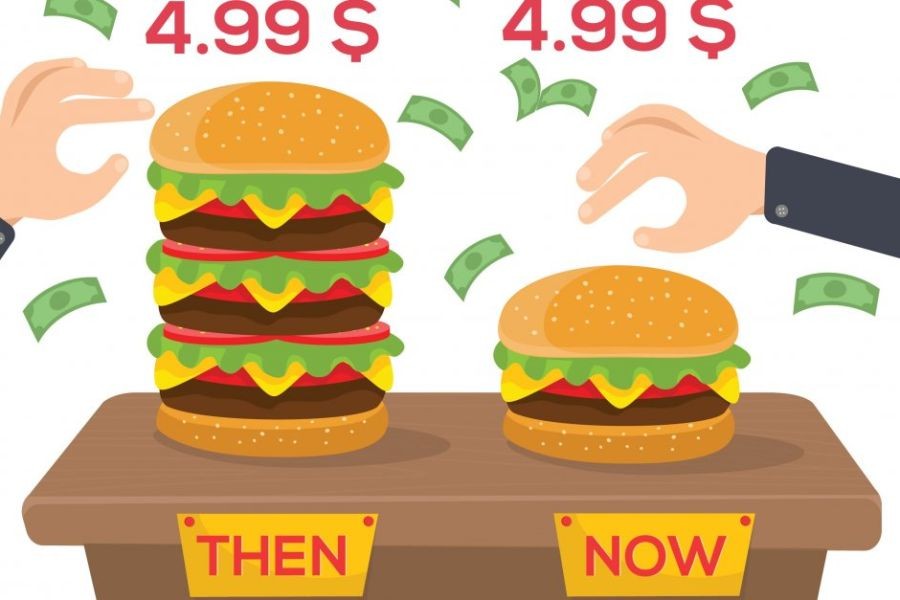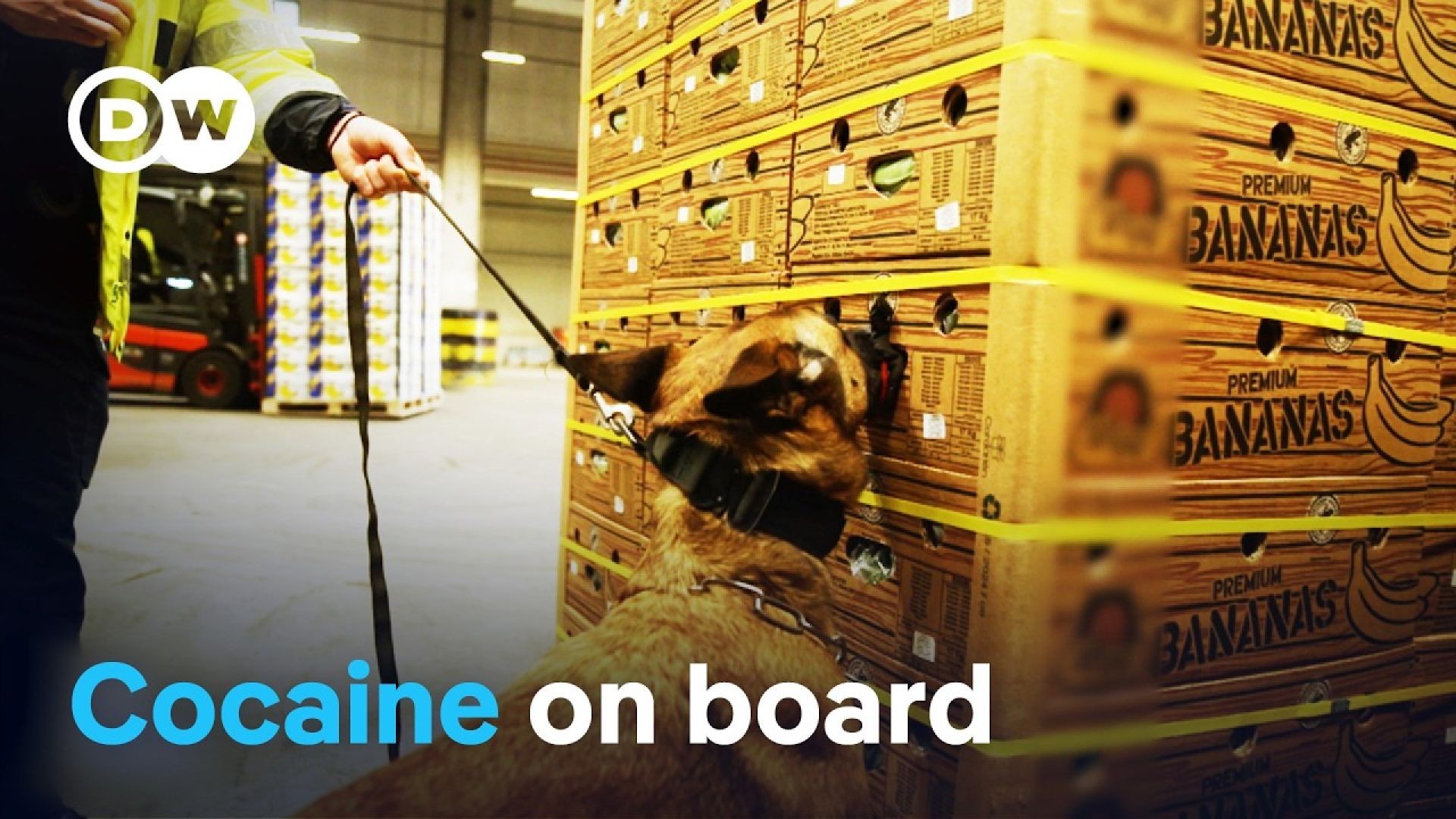The Australian economy has been grappling with inflationary pressures, a challenge that has intensified in recent years. Inflation affects everyone, from consumers to businesses, and managing it is crucial for economic stability. But is the Australian government doing enough to tackle this issue? This article delves into the complexities of inflation in Australia, examining government measures, industry impacts, and expert insights to provide a comprehensive view.
The Inflation Challenge: Understanding the Australian Context
Inflation in Australia has been a persistent issue, with the consumer price index (CPI) rising steadily. According to the Australian Bureau of Statistics (ABS), the inflation rate reached 3.2% in the September quarter of 2023. This is higher than the Reserve Bank of Australia's (RBA) target range of 2-3%. The rising cost of living, driven by increased fuel prices, housing costs, and supply chain disruptions, has put pressure on households and businesses alike.
Government Measures to Curb Inflation
The Australian government has implemented several measures to combat inflation. These include fiscal policies aimed at reducing public spending, alongside monetary policies such as interest rate adjustments by the RBA. The RBA has been proactive, increasing the cash rate multiple times in 2023 to curb inflationary pressures. However, the effectiveness of these measures remains debatable.
Real-World Case Study: The Impact on Australian Retail
Case Study: Woolworths Group – Navigating Inflationary Pressures
Problem: Woolworths, a leading Australian retail group, faced increased operational costs due to inflation, impacting profit margins. Rising fuel prices and supply chain disruptions exacerbated the issue.
Action: In response, Woolworths implemented cost-control measures and improved supply chain efficiency. They focused on digital transformation to enhance operational agility and reduce costs.
Result: After six months, Woolworths reported a 15% improvement in operational efficiency and a stabilization of profit margins. They achieved a 10% reduction in logistics costs, showcasing the effectiveness of their strategies.
Takeaway: This case study highlights the importance of agility and innovation in navigating inflationary challenges. Australian businesses can leverage technology to mitigate the impact of rising costs.
Pros and Cons of Current Government Strategies
Pros:
- Stabilized Economy: Interest rate hikes have helped stabilize the economy by controlling inflationary pressures.
- Encouraged Savings: Higher interest rates have promoted savings among Australians, contributing to economic resilience.
- Balanced Growth: The government's fiscal measures aim to balance economic growth while curbing inflation.
Cons:
- Increased Borrowing Costs: Higher interest rates have made borrowing more expensive for businesses and consumers.
- Potential Slowdown: The risk of an economic slowdown looms as higher rates can dampen consumer spending.
- Limited Impact: Some experts argue that monetary policy alone is insufficient to address the root causes of inflation.
Expert Opinion: Is the Government Doing Enough?
Experts are divided on whether the Australian government's measures are sufficient. According to Dr. Sarah Johnson, an economist at the University of Sydney, "While the government's efforts are commendable, a more nuanced approach is needed to address the underlying causes of inflation, such as supply chain inefficiencies and international price pressures." Dr. Johnson advocates for a combination of structural reforms and targeted fiscal policies to complement monetary measures.
Future Trends and Predictions
The future of inflation management in Australia will likely involve a multifaceted approach. The RBA is expected to continue adjusting interest rates in response to inflationary trends. Meanwhile, government policies may shift towards enhancing domestic production and supply chain resilience to mitigate external shocks.
By 2026, experts predict that inflation rates in Australia could stabilize around the RBA's target range, provided that both fiscal and monetary policies are effectively coordinated. However, global economic uncertainties and geopolitical tensions could pose challenges to this outlook.
Common Myths and Mistakes About Inflation Management
Myth: "Inflation is solely caused by increased money supply." Reality: In Australia, inflation is influenced by various factors, including supply chain disruptions and global price shifts, as highlighted by the ABS.
Myth: "Interest rates alone can control inflation." Reality: While interest rates are a tool, tackling inflation requires comprehensive strategies, including fiscal policies and structural reforms.
Myth: "Government intervention always leads to economic slowdown." Reality: Strategic intervention can stabilize the economy without causing a downturn, as demonstrated by recent government measures.
Biggest Mistakes to Avoid
- Overlooking Supply Chain Issues: Businesses must address supply chain inefficiencies to mitigate inflationary impacts effectively.
- Ignoring Consumer Sentiment: Understanding consumer behavior is crucial for businesses to adapt pricing strategies in an inflationary environment.
- Delaying Investment in Technology: Investing in digital transformation can enhance operational efficiency and reduce costs.
Conclusion: Navigating the Inflationary Landscape
In conclusion, while the Australian government has taken significant steps to address inflation, there is room for improvement. A more integrated approach, combining monetary, fiscal, and structural measures, is essential for long-term stability. Businesses and policymakers must remain agile and proactive in adapting to the evolving economic landscape.
What strategies have worked for your business in Australia? Share your insights and join the discussion below!
People Also Ask (FAQ)
How does inflation impact businesses in Australia? AU businesses report increased operational costs and pricing challenges due to inflation. Adapting through cost-control measures and digital transformation can enhance resilience.
What are the biggest misconceptions about government inflation measures? A common myth is that interest rates alone control inflation. However, comprehensive strategies, including fiscal policies and structural reforms, are necessary for effective management.
Related Search Queries
- Inflation in Australia 2023
- How is the Australian government tackling inflation?
- Impact of inflation on Australian businesses
- Future inflation predictions for Australia
- Australian inflation rate history
- Role of RBA in managing inflation
- Supply chain issues and inflation in Australia
- Australian fiscal policies and inflation
- monetary policy measures in Australia
- Impact of interest rates on inflation































SilvainLan
7 months ago